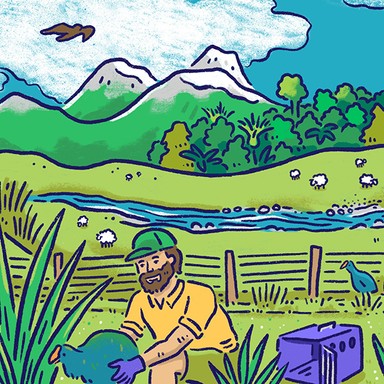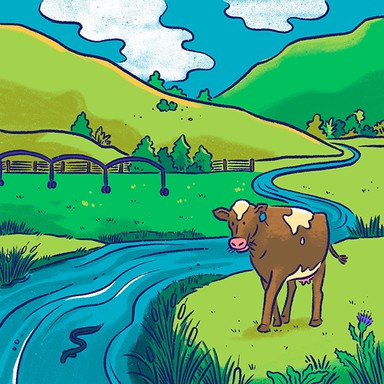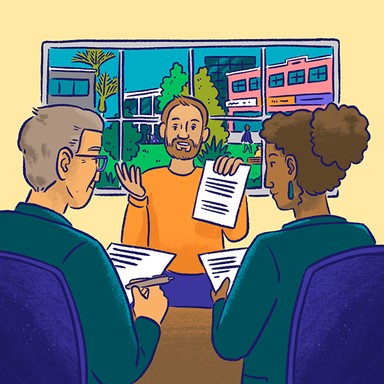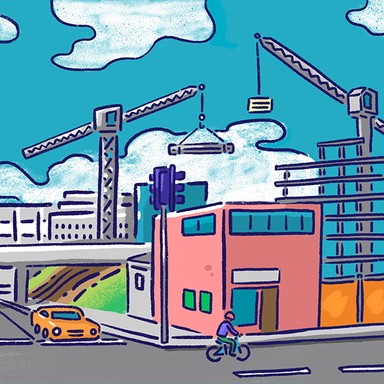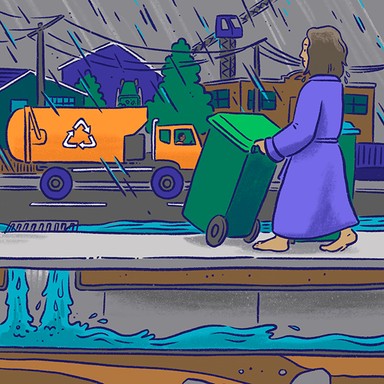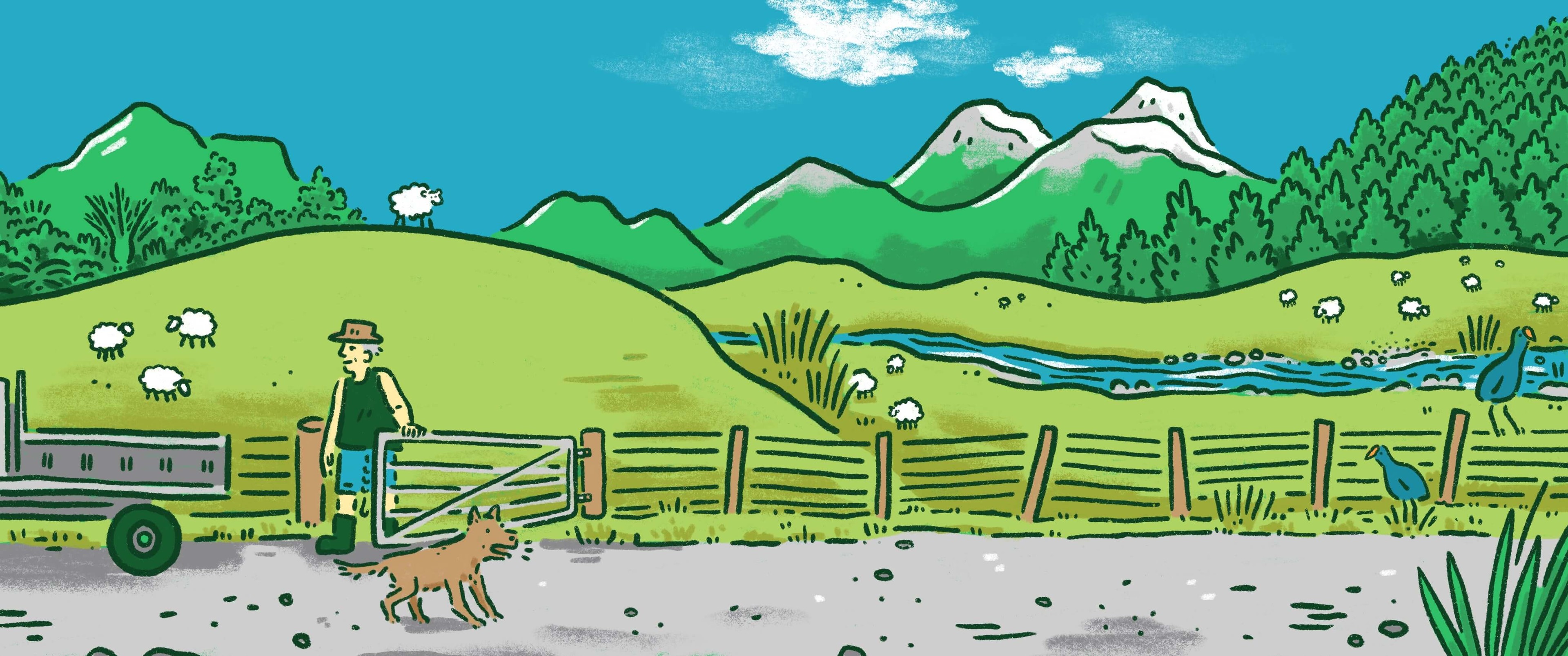
Waikato Regional Council
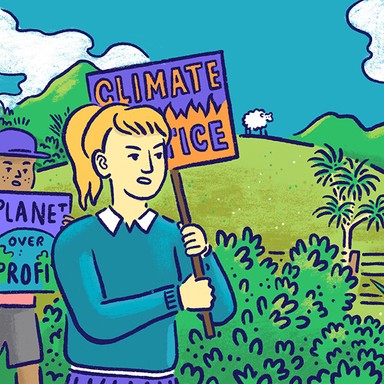
Climate change and resilience
Climate change poses a huge challenge for communities as more frequent extreme weather events require us to rethink how we live and where. Local authorities are at the forefront of efforts to respond, with responsibilities for environmental planning and regulation, as well as civil defence. Many councils have plans to reduce emissions in their area and are working to help their communities adapt to a warming world.

Climate change and resilience
Climate change poses a huge challenge for communities as more frequent extreme weather events require us to rethink how we live and where. Local authorities are at the forefront of efforts to respond, with responsibilities for environmental planning and regulation, as well as civil defence. Many councils have plans to reduce emissions in their area and are working to help their communities adapt to a warming world.
Make funding for public transport, walking and cycling (including in smaller towns) the focus of increased investment.
Halve the region's emissions by 2030 in revised Regional Policy Statement. Avoid new development in high coastal and river flood risk areas.
Ensure coastal hazard plan for Thames Coromandel is more robust, eg covers land subsidence at Thames and groundwater issues.
Explore benefits and support the development of feed supplements in reducing methane outputs in our dairy herd and sheep farms.
Work closely with district council on the issues of coastal inundation and flood management with community input.
Cycle trails between communities promote healthy recreation and reduce our carbon footprint while improving exposure of local businesses.
Make funding for public transport, walking and cycling (including in smaller towns) the focus of increased investment.
Halve the region's emissions by 2030 in revised Regional Policy Statement. Avoid new development in high coastal and river flood risk areas.
Ensure coastal hazard plan for Thames Coromandel is more robust, eg covers land subsidence at Thames and groundwater issues.
Explore benefits and support the development of feed supplements in reducing methane outputs in our dairy herd and sheep farms.
Work closely with district council on the issues of coastal inundation and flood management with community input.
Cycle trails between communities promote healthy recreation and reduce our carbon footprint while improving exposure of local businesses.
Mayor
Compare the mayoral candidates in your area
Local council
Compare the candidates for your city or district council
Regional council
Compare the candidates for your regional council
Local board
Compare the candidates for your local or community board
